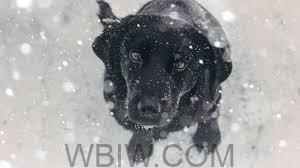
INDIANA – Although winter is the perfect time to snuggle up with your furry friend and keep each other warm, venturing outdoors in the freezing temperatures can expose your pet to a variety of potential dangers. Before the thermometer dips, know these winter pet safety tips and ensure your best friend stays safe and cozy all season long.
Remember to include your pets in your safety action plan.
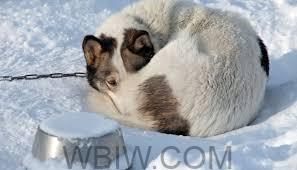
If it’s too cold for you it’s too cold for your dog or cat.
Even in the dead of winter, dogs still need to spend some time outdoors for their daily exercise and potty routine. In the coldest climates, this means conquering icy and rough sidewalks covered with rock salt and deicing chemicals. If your pets go outside and then return inside, wipe down your pet’s paws thoroughly to remove any potential chemicals or debris.
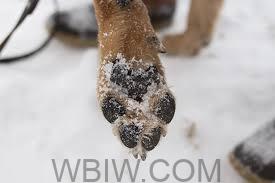
Here are a few tips that’ll keep your pet safe
- Most important: bring your pets inside the home. The home is the safest place for your entire family during a winter storm, and this includes your pets.
- If your pet must stay outside, be sure you keep them as safe as possible with these tips:
- Provide an enclosed, draft-free shelter. Make sure to cover the entrance with a tarp or some similar covering.
- Elevate the shelter a few inches off the ground.
- Cover the shelter’s floor with lots of clean bedding (straw or cedar shavings underneath a blanket works great)
- Provide plenty of food.
- Fill and check your pet’s water bowl often. In cold temperatures, the water will freeze quickly, and needs to be replaced regularly. Frozen water will do a thirsty dog no good.
Though rare, frostbite and hypothermia can be fatal to pets who are exposed to severely cold weather. Limit the time your dog or cat spends outdoors and watch out for signs and symptoms.
Frostbite – Wet pets are most susceptible to frostbite, which occurs when extreme cold damages the skin. Signs include blue or gray discoloration where the skin is affected, swelling, dead skin patches, blisters, and coldness of the skin.
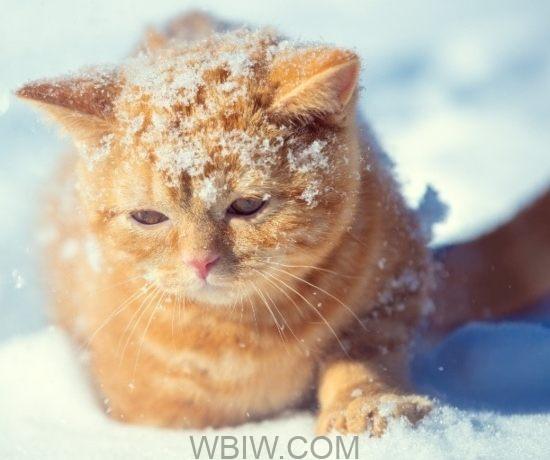
Hypothermia – This medical condition occurs when pets exhibit body temperatures much lower than normal. Symptoms include difficulty breathing, muscle stiffness, weakness, and even coma.
If you suspect your pet has contracted frostbite or hypothermia, move them to a warm, dry area and call your veterinarian immediately.
Cats, in particular, may find your car a warm and cozy place to snuggle. In fact, many have been found hiding under the hood, on top of the wheels, and in other confined vehicle spaces. Check under your car and bang on the hood to startle any feline stowaways. This is still a great winter pet safety tip even if you don’t have a cat, as strays can also take cover under your vehicle.
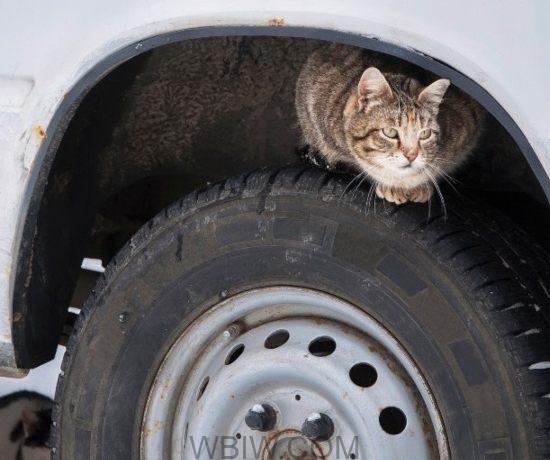
It’s not all risk and danger. Winter offers opportunities to play in the snow, explore beautiful frosty scenery, and keep warm by the fireplace. Keeping your pet safe in cold weather is essential, but it won’t be difficult if you’re prepared. Remaining diligent is the best thing you can do as a pet parent; plan for the cold months ahead of time, know how cold is too cold for your pet, and be ready to manage a variety of scenarios.
Information: https://www.aspca.org/



